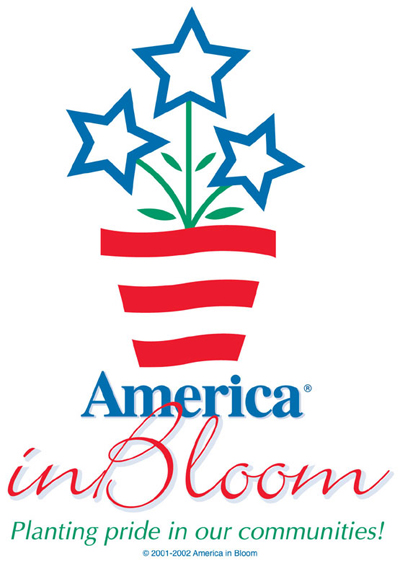Ok, you just know I had to pass this on!
 Shaven-headed men seen in photographs were perceived as an inch taller and 13% stronger than men with full heads of hair, according to an experiment reported by the Wall Street Journal. Albert Mannes of The Wharton School says he conducted his study after noticing that he was treated with greater deference after shaving off his own hair. His research shows that men with shaved heads are seen as more dominant than men with full hair, and men with thinning hair are seen as the least powerful of all.
Shaven-headed men seen in photographs were perceived as an inch taller and 13% stronger than men with full heads of hair, according to an experiment reported by the Wall Street Journal. Albert Mannes of The Wharton School says he conducted his study after noticing that he was treated with greater deference after shaving off his own hair. His research shows that men with shaved heads are seen as more dominant than men with full hair, and men with thinning hair are seen as the least powerful of all.
Source: Bald Is Powerful Hat tip to BB for the link!

 All growers who complete the National nursery and greenhouse water management survey fully will be entered in a drawing for one (1) Decagon Devices wireless sensor network system* (including installation and support) as a grand prize. To be eligible for this random drawing, you will need to COMPLETE the irrigation survey found at
All growers who complete the National nursery and greenhouse water management survey fully will be entered in a drawing for one (1) Decagon Devices wireless sensor network system* (including installation and support) as a grand prize. To be eligible for this random drawing, you will need to COMPLETE the irrigation survey found at 




 Most Americans consume diets that do not meet Federal dietary recommendations. A common explanation is that healthier foods are more expensive than less healthy foods. To investigate this assumption, the authors of this USDA study compare prices of healthy and less healthy foods using three different price metrics: the price of food energy ($/calorie), the price of edible weight ($/100 edible grams), and the price of an average portion ($/average portion). They also calculate the cost of meeting the recommendations for each food group. For all metrics except the price of food energy, the authors find that healthy foods cost less than less healthy foods (defined for this study as foods that are high in saturated fat, added sugar, and/or sodium, or that contribute little to meeting dietary recommendations). Bottom line — it depends on how you measure their price! See
Most Americans consume diets that do not meet Federal dietary recommendations. A common explanation is that healthier foods are more expensive than less healthy foods. To investigate this assumption, the authors of this USDA study compare prices of healthy and less healthy foods using three different price metrics: the price of food energy ($/calorie), the price of edible weight ($/100 edible grams), and the price of an average portion ($/average portion). They also calculate the cost of meeting the recommendations for each food group. For all metrics except the price of food energy, the authors find that healthy foods cost less than less healthy foods (defined for this study as foods that are high in saturated fat, added sugar, and/or sodium, or that contribute little to meeting dietary recommendations). Bottom line — it depends on how you measure their price! See  As many of you are aware, America in Bloom(AIB) promotes nationwide beautification through education and community involvement by encouraging the use of flowers, plants, trees, and other environmental and lifestyle enhancements.
As many of you are aware, America in Bloom(AIB) promotes nationwide beautification through education and community involvement by encouraging the use of flowers, plants, trees, and other environmental and lifestyle enhancements.